Mount Mazama is a stratovolcano in the Oregon segment of the Cascade Volcanic Arc and the Cascade Range located in the United States. The volcano’s collapsed caldera holds Crater Lake, and the entire mountain is located within Crater Lake National Park. When it last erupted, the eruption was 42 times greater than the eruption of Mount St. Helens in 1980.
Mazama’s summit was destroyed by a volcanic eruption that occurred around 5,677 (± 150) BC. The eruption reduced Mazama’s approximate 12,000-foot (3,700 m) height by around a mile (1600 m). Much of the volcano fell into the volcano’s partially emptied neck and magma chamber. At 8,159 feet (2,487 m), Hillman Peak is now the highest point on the rim.


Anne of Green Gables, beautifully read by Kate Burton, kept us “as happy as queens” during the first long stretch of our summer road trip through Eastern Oregon and Southern Idaho.
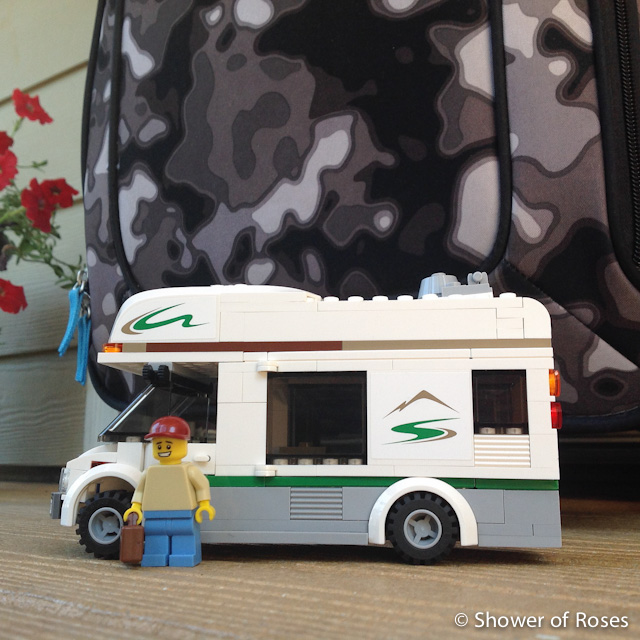 |
| “It’s a dangerous business, Frodo, going out your door. You step onto the road, and if you don’t keep your feet, there’s no knowing where you might be swept of to.” |
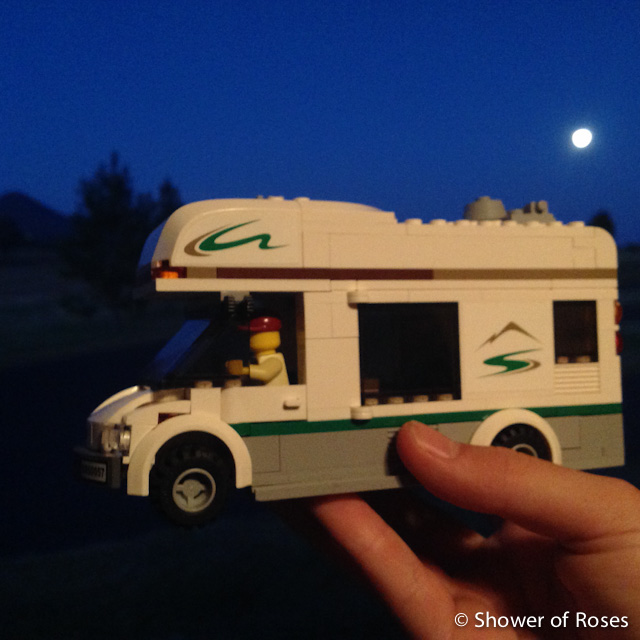 |
| Parking for the night. |
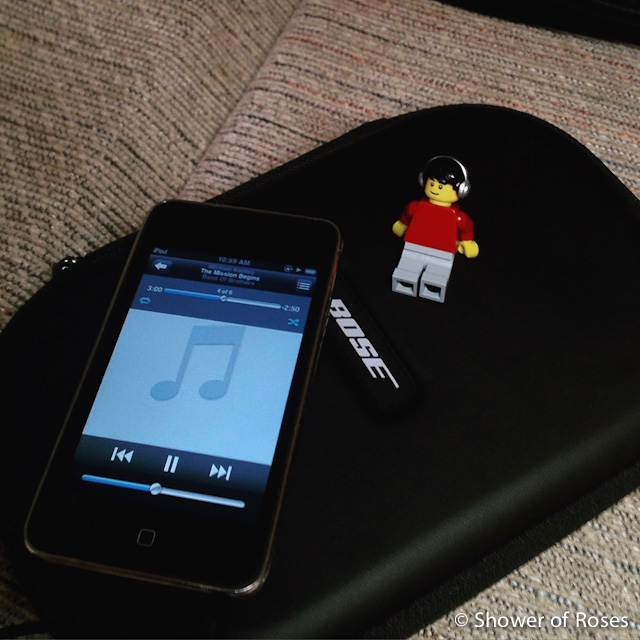 |
| Another day on the road. (He was listening to Band of Brothers soundtrack with his new headphones. His prize from the #NPLTW contest!) |
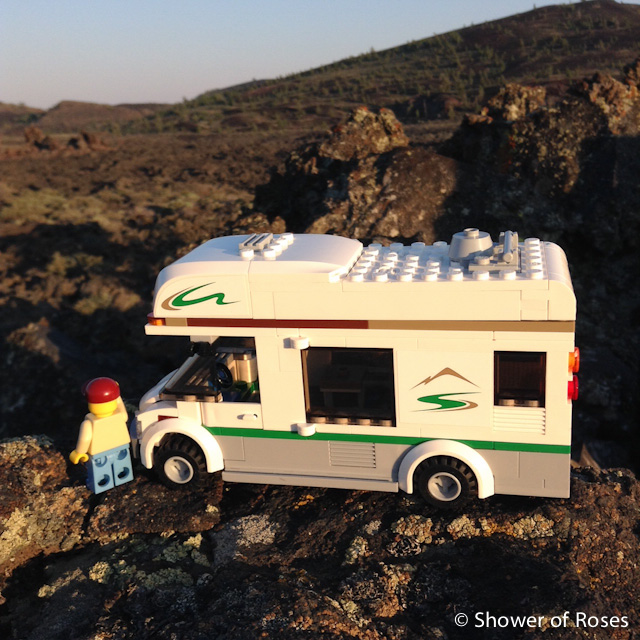 |
| Craters of the Moon National Monument |
Our older children each have (very small and private) Instagram accounts (with a few close friends and some extended family) and Captain started sharing photos of his LEGO Camper Van at the beginning of our road trip. It didn’t last long, there were just too many interesting things to see and do at the National Parks, but it looks like he finally made it back home yesterday!
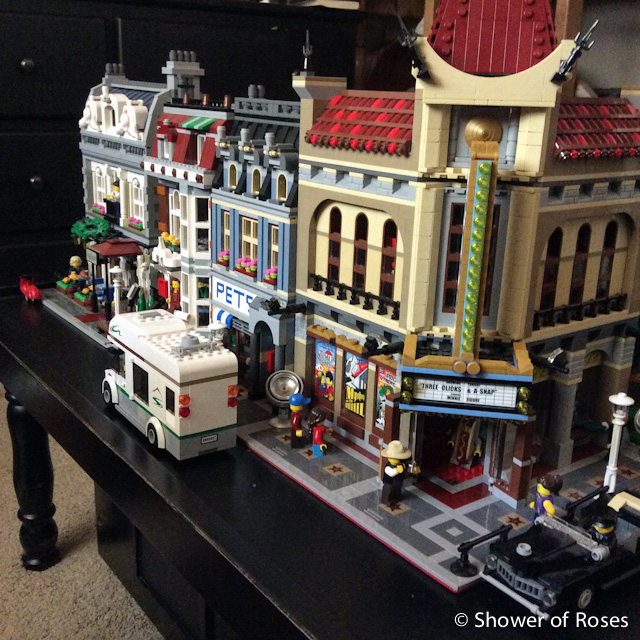 |
| Hometown: The mini figures inside the R.V. are glad to be back in their hometown. |
Craters of the Moon formed during eight major eruptive periods between 15,000 and 2000 years ago. Lava erupted from the Great Rift, a series of deep cracks that start near the visitor center and stretch 52 miles (84 km.) to the southeast. During this time the Craters of the Moon lava field grew to cover 618 square miles (1600 square km.).The smaller Wapi and Kings Bowl lava fields also formed along the Great Rift during the most recent eruptive period (approximately 2000 years ago). – Source

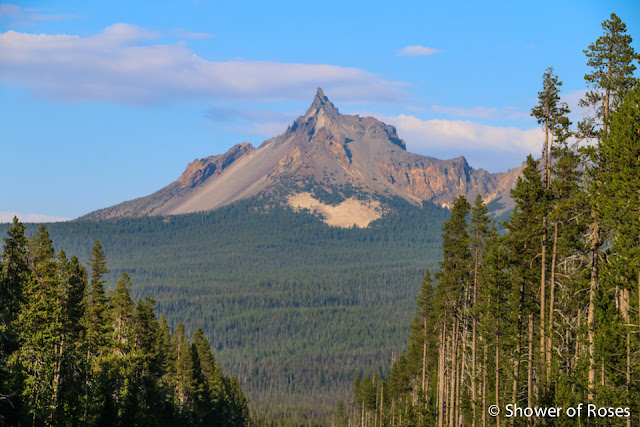
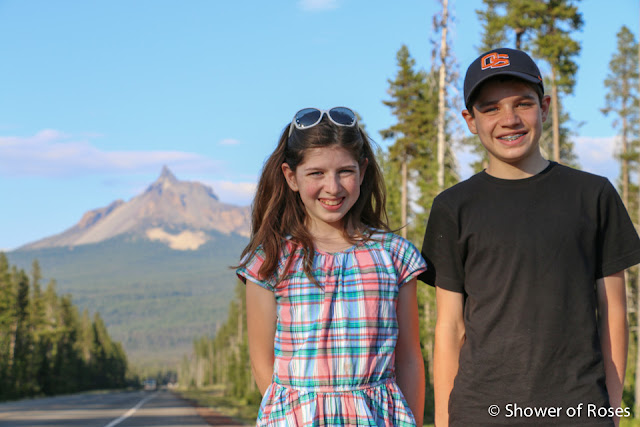
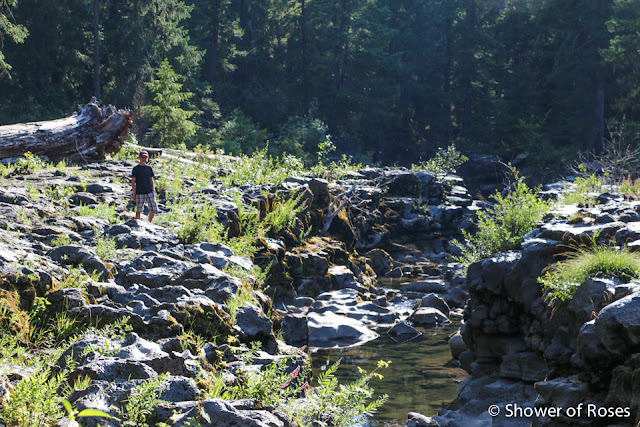
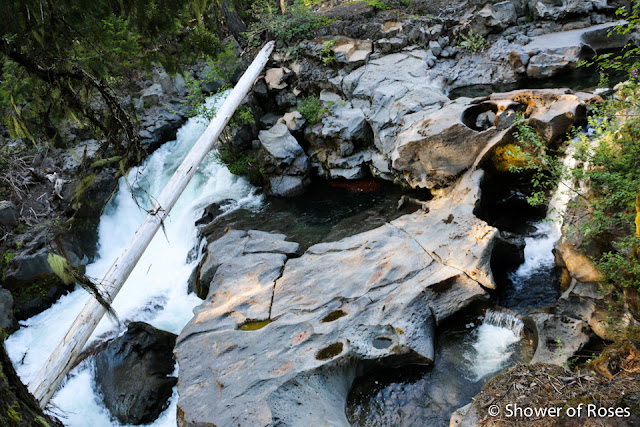
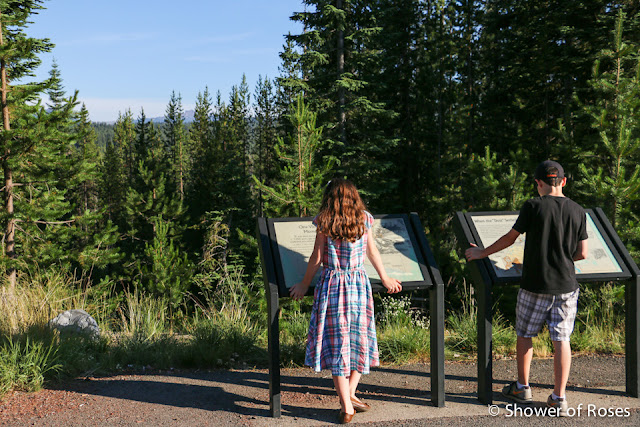
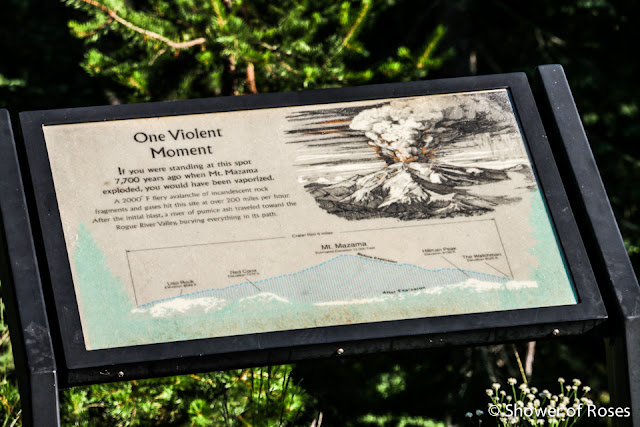
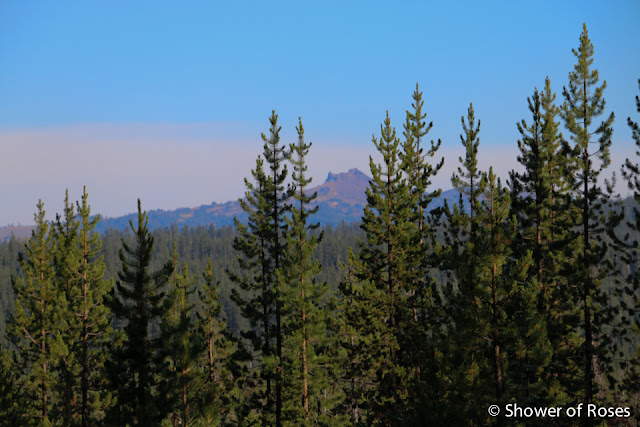
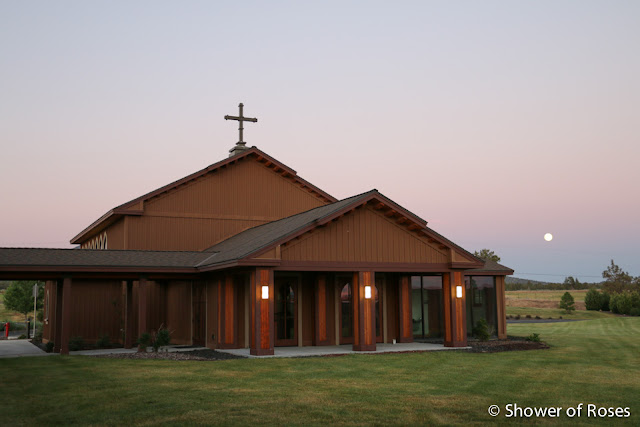
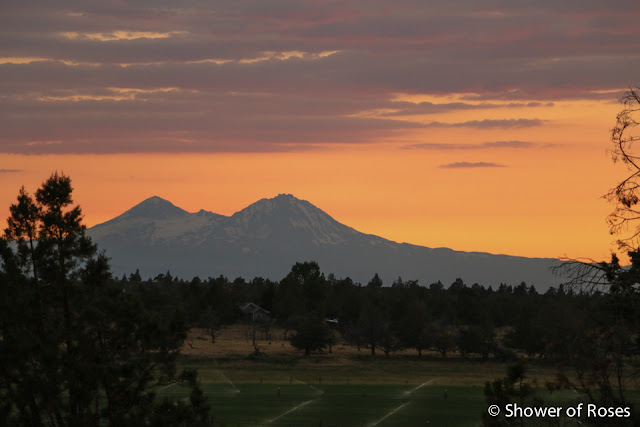
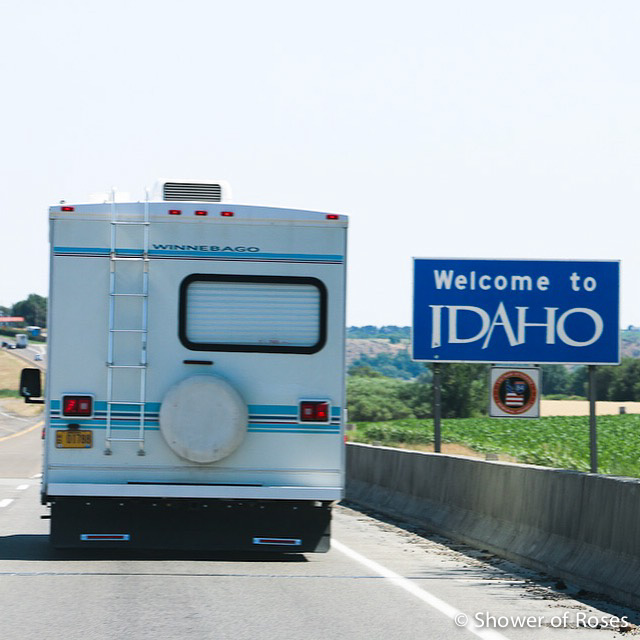
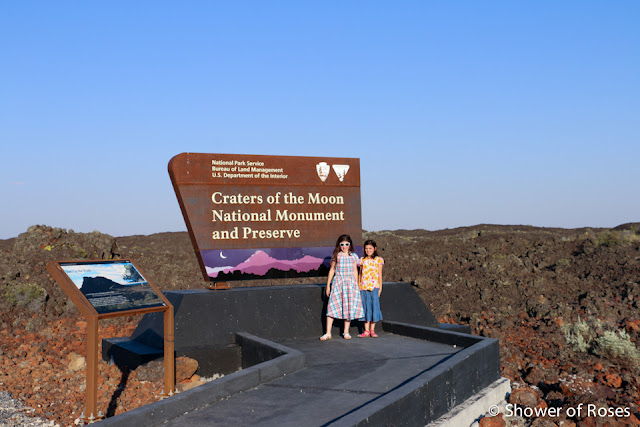
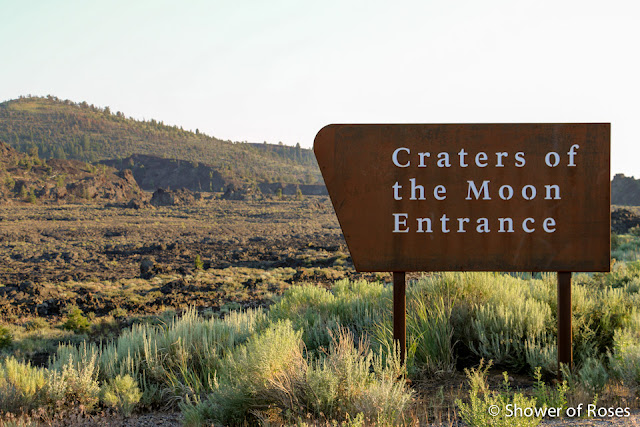
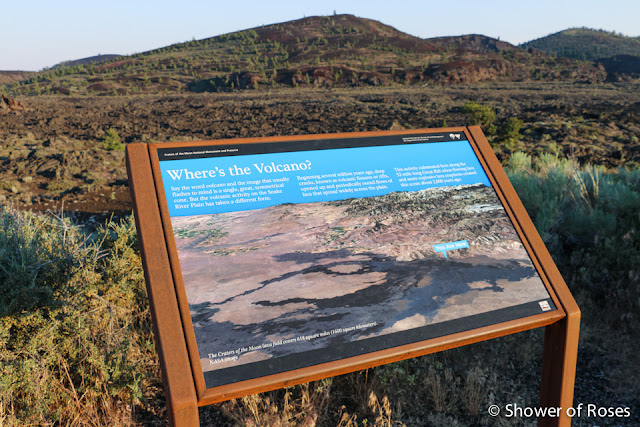
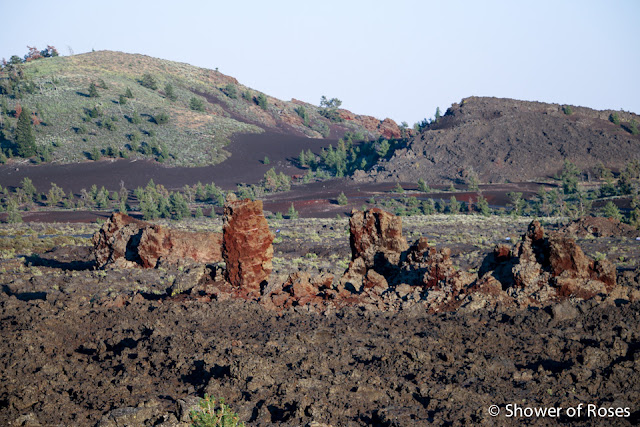
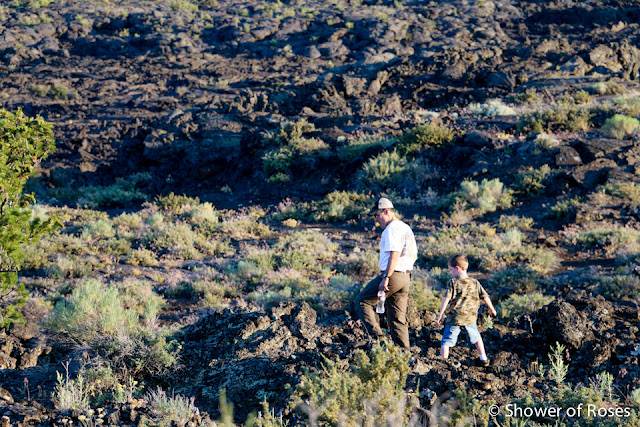
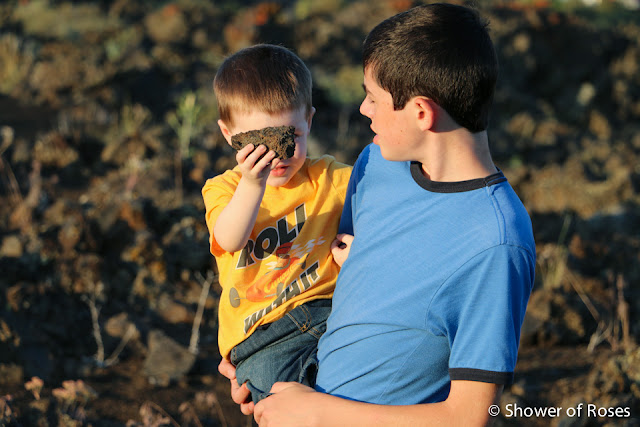

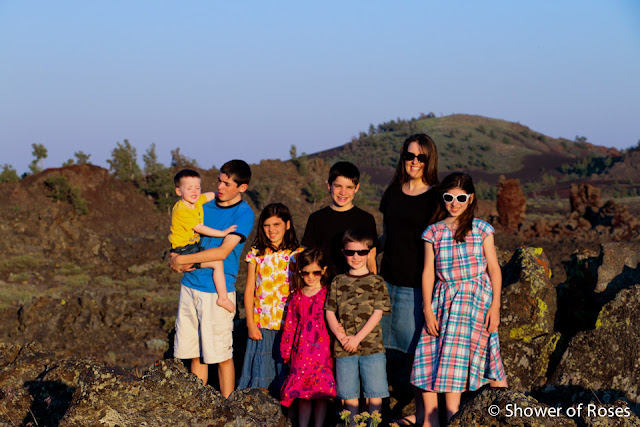
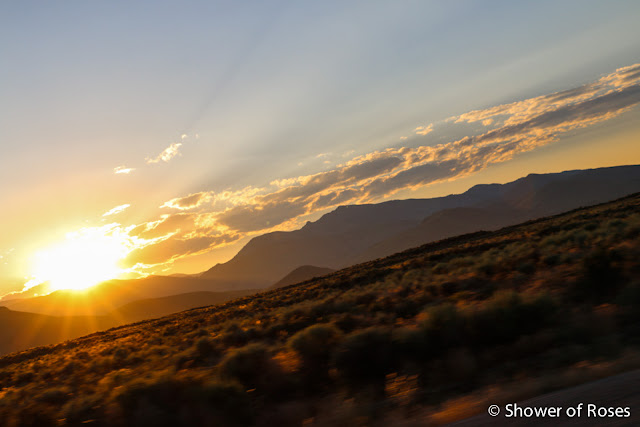
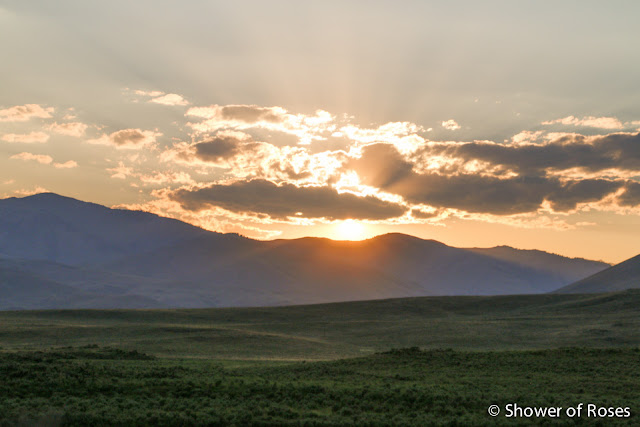






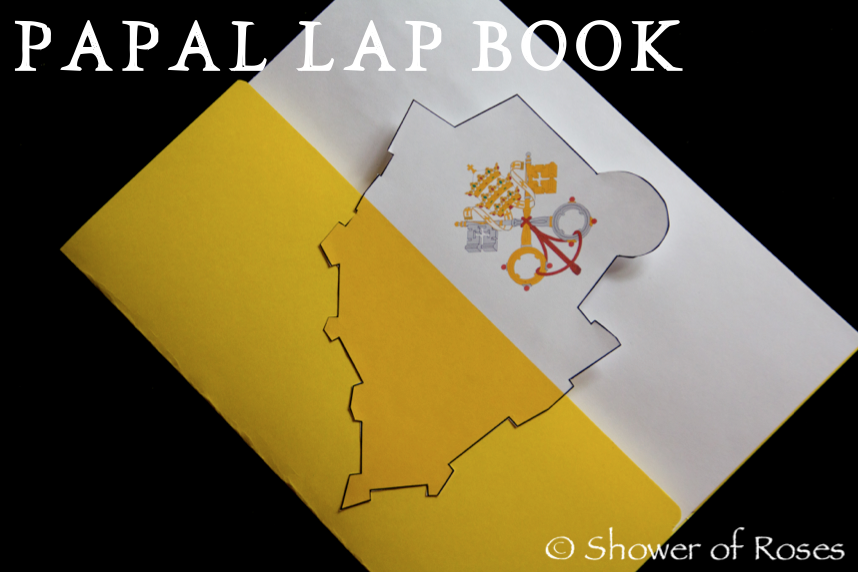




























What an amazing looking trip! Fun to have instagram just among loved ones.
2015-08-06 20:06:40
Some of the lava fields look astonishingly recent – relatively unmodified by plant-colonisation etc. Very interesting post!
2015-08-07 09:16:10